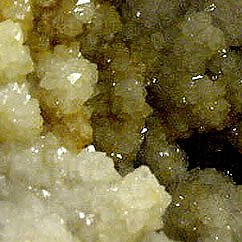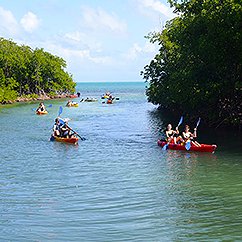Earth and environmental sciences (E&ES) covers many aspects of the natural world, both on Earth and on other planets. As an E&ES major at Wesleyan, you'll have the opportunity to work with faculty on cutting-edge research projects and investigations that range from climate studies to active volcanoes in the Andes, from the structure of the Grand Canyon to the structure of the planet Venus, from coastal areas nearby (Long Island Sound) to lagoons far away (Vieques Island, Puerto Rico).
With courses in geology, geochemistry, environmental science and planetary geology, post-graduate options include graduate school as well as careers in Earth and environmental industries, government agencies and policy, education and law. M.A. and B.A./M.A. programs are also offered.
What You'll Study
- E&ES research areas at Wesleyan include biogeochemistry, conservation of aquatic ecosystems, geosciences education, Long Island Sound studies, paleoclimatology and paleoecology, planetary science, structural mapping and modeling, and volcanology.
- As an E&ES major at Wesleyan, you'll be required to take one gateway course, the sophomore seminar, seven upper-level courses, and the senior seminar capstone. Majors are also required to take two semesters of gateway courses from biology, chemistry, mathematics or physics, for a total of four courses.
- The culmination of the E&ES major is a capstone course where students perform independent research in the field. Recent field areas include Death Valley, Puerto Rico and Hawaii.



